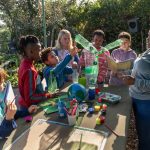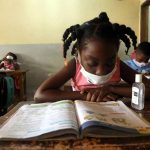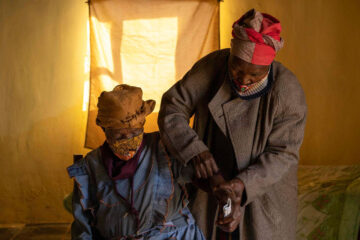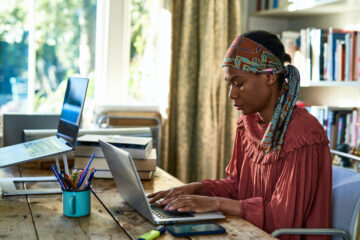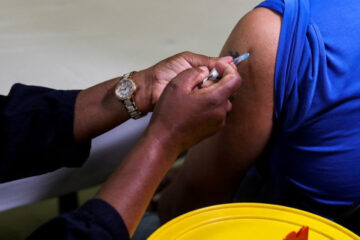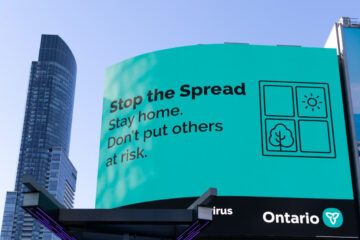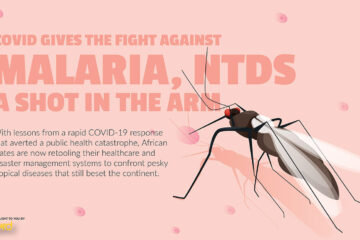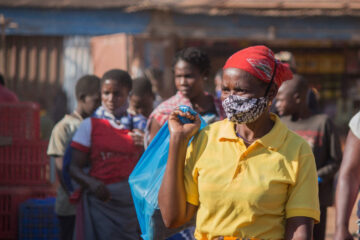AMBER MILNE
SCHOOL globally have been impacted by coronavirus lockdowns with some closing their doors indefinitely and others reopening under new guidelines.
Students and teachers are finding innovative new ways to learn safely inside and outside the classroom.
From gamified universities to TV lessons, distance learning has spurred new tech solutions to tackle the challenges that come with studying remotely.
As the virus continues to spread and with vaccines anything from a few months to a few years away, these innovations could become part of the future of learning in a post-coronavirus world.
Here are seven ways education is changing under lockdown:
VIRTUAL REALITY
More than 2,000 finishing students at the Indian Institue of Technology in Bombay watched virtual versions of themselves walk onstage to accept their degrees last week, with the ceremony broadcast on two television channels as well as online.
“The Institute thought it best to arrange such a VR-convocation for the graduating students as we did not wish to put their health at risk,” the university said in a statement.
“At the same time, we did not wish to deprive them of the sense of achievement and pride of passing out of India’s premier engineering Institute.”
ROBOT GRADUANDS
Using a blend of digital and physical, universities from Colombia to the United States, and Japan to the Philippines have found a way to hold an in person graduation ceremony while maintaining social distancing measures – robot avatars.
Dressed in graduation caps and gowns, the robots are controlled remotely by students whose faces appear on a tablet screen so they can collect their degree from afar.
MINECRAFT CAMPUS
Though many U.S. students will not be returning to campus in-person after the summer, those who miss it can visit on the collaborative building game, Minecraft.
Universities from John Hopkins to Brown are creating models of their campus buildings on the design game for students to visit under lockdown, with Columbus State University also holding its freshman orientation event within the game.
CLOUD LEARNING
Before lockdown became the norm in the rest of the world, China had already launched a national e-learning platform online and had started to broadcast primary school lessons on public television.
Splitting education between online learning and television broadcast on China Education Television Channel 4, was intended to save strained eyes and prevent network congestion as China’s 180 million students moved online.
SOCIAL DISTANCING
As the U.N. warns of a “global education emergency,” with one in three children worldwide unable to access remote learning during the pandemic, some schools are bringing back in-person learning – with a few changes.
In the remote town of Doodpathri in Indian Kashmir, students with no way to study online have classes outside against the backdrop of the Himalayas, with boxes drawn to maintain distance.
Scotland is using a blended model, as students learn part-time in class and part-time at home. With class sizes shrinking as students attend school at different times of the day or week, social distancing measures are easier to stick to.
First Minister of Scotland Nicola Sturgeon stands in the canteen with social distancing markers on the floor as she visits West Calder High School amid the coronavirus disease (COVID-19) outbreak, in West Calder, Scotland, Britain August 10, 2020. Andy Buchanan/Pool via REUTERS
PROTECTIVE BUBBLES
In Denmark, primary school children have been kept in ‘protective bubbles’ of a few students at a time, under the assumption that small children would not reliably stick to social distancing rules upon reopening.
Students stay in small groups all day that are dropped off and have lunch at different times, play in their own zone in the playground and are taught by one teacher.
PLASTIC PROTECTION
In the Netherlands, one school has installed plastic screens around desks to shield teachers from coughing kids, while schools from Japan to Canada have reopened with students or staff wearing visors.
A private kindergarten in Indonesia has taken plastic protections one step further with plastic tents, or ‘transparent boxes’, around the six pupils allowed in school each day, with each box disinfected before and after use. – Reuters, South China Morning Post, The Guardian, BBC.




